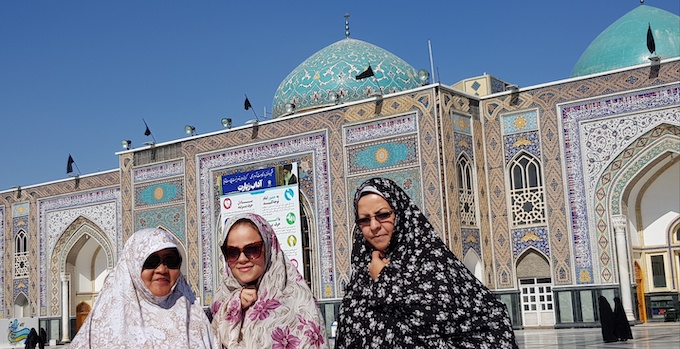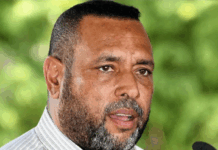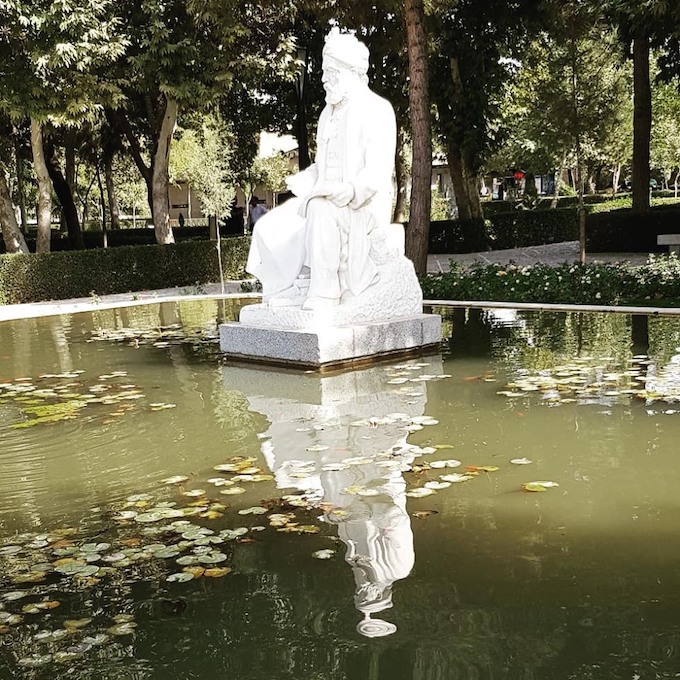
David Robie continues his three-part series about travelling in Iran.
I stumbled on the scene by chance. Our host family in Iran’s second city Mashhad, a modern and beautiful metropolis that would comfortably fit in New Zealand’s entire population, was taking us on a drive to the outskirts to visit the tomb of the famous poet and chronicler Abolqasem Ferdowsi.
It just so happened that this was the very day that a new section of the surrounding gardens was being opened and the red carpet was being rolled out for a visiting cultural affairs minister.
Shortly after we arrived, the political scrum began – a mass of photographers, press people and ceremonial guards pressing.
READ MORE: Iran a hugely ‘friendly’ country behind the sabre-rattling

Bodyguards whisked the minister, Ali Asghar Mounesan, head of Cultural Heritage, Handicrafts and Tourism, into the cavernous tomb among the sculptured friezes of mythical hero Rostam fighting off dragons and monsters in defence of ancient Persia.
The hero’s exploits are featured in the 10th century epic Shahnameh: The Book of Kings, penned by Ferdowsi and comprising some 50,000 couplets.
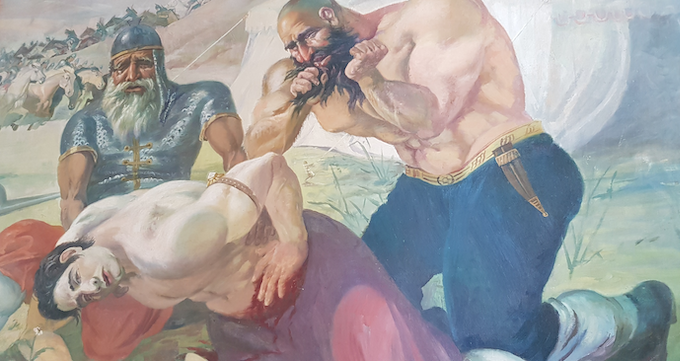
Ferdowsi is the hometown literary giant and one of Iran’s best universities and medical schools is in the city and named after him. It was opened in 1949.
Modern day Iran is steeped in massive historical and intriguing cultural icons, and also a swathe of mosques and other religious shrines, dating back to the secular Achaemenian empire founded by Cyrus the Great five centuries before Christ and ancient pre-Islam Zoroastrianism (fire-worshipping), one of the world’s oldest continuously practised religions believed to have its roots some 4000 years ago.
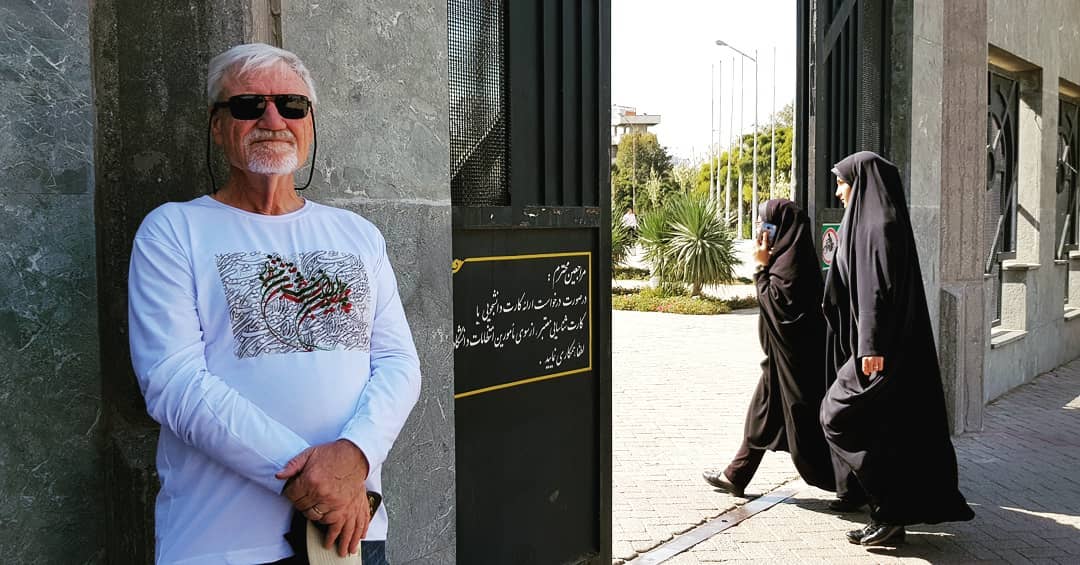
Impressive attractions
Some critics say that Iranian authorities since the 1979 Islamic Revolution spend far more and devote greater attention to the religious artefacts and buildings of Islam to the neglect of some historical sites. However, whatever the truth about that Iran boasts a never-ending range of impressive and attractive places to visit.
The tragedy is that not enough is known about the country’s cultural and historical wonders in the West because of the regime’s pariah political status and the refusal of many mainstream travel companies to run regular tours.
Some homegrown Iranian tour operators, worried about the downturn in tourist numbers – a fall in spite of Iran’s plans to boost tourism and visitors by fivefold to 20 million a year by 2025 (blame Donald Trump for the fall) – have now recruited social media “influencers” to tour the country and blog about the attributes.
One group of 12 Instagram global posters with about 16 million combined followers are this month visiting Iran on a familiarisation trip organised by Iranian traveller Hoda Rostami and social media “influencer” who is trying encourage foreign tourists to “discover” Iran’s fascinations.

Iran embarked last year on ambitious plans to boost tourism. Neighbouring Azerbaijan, Egypt, Georgia, Lebanon, Syria and Turkey have been added to the list of countries whose nationals can get visas on arrival. Getting an e-visa for New Zealanders is now far more straight forward than it used to be – thank goodness for us not being American or British.
Iran also has plans to revive passenger sea lines, including routes between the country and Bahrain, Oman, Qatar and Saudi Arabia – or at least that was the idea before the recent tensions over the Persian Gulf and sanctions-busting for vital Iranian oil exports.
Also there have been reports on plans to build a railway from Iran’s southwestern Khuzestan province, travelling west through Iraq and ends at the Syrian port city of Latakia. This is expected to boost religious tourism, including the massive annual pilgrimage to Karbala.
Having just toured Iran myself while on sabbatical, I highly recommend the country as an absolute must visit.
My bucketlist
Here is my bucket list of 10 reasons why you should go to Iran – but there are also many other reasons. The brief notes link to more images on my Instagram diary:
- Imam Reza shrine, Mashhad
The incredibly impressive Haram-e Razavi, the Imam Reza shrine in Mashhad, is widely regarded as the ‘heart of Shia Iran’. More than 28 million religious tourists visit this vast shrine each year. Affluent Mashhad, Iran’s second-largest city with a population comfortably equivalent to New Zealand’s total, thrives on “religious tourism”. The city is in northeastern Iran, close to the border with Turkmenistan and Afghanistan.” https://www.instagram.com/p/B3l-hEWJnKY/

- Tomb of Ferdowsi, Mashhad
Abolqassam Ferdowsi, Iran’s greatest and one of the world’s most renowned poets. He penned the epic mythical and historical Shahnameh: The Book of Kings, the world’s longest poem in the 10th century. With some 50,000 couplets, the original book weighs 75 kilos and chronicles the saga of the early Persian empires until the seventh century Arab invasion and conquest. Ferdowsi’s tomb and museum at Toos are today one of Mashhad’s inspiring attractions. https://www.instagram.com/p/B3cTYgInf2F/
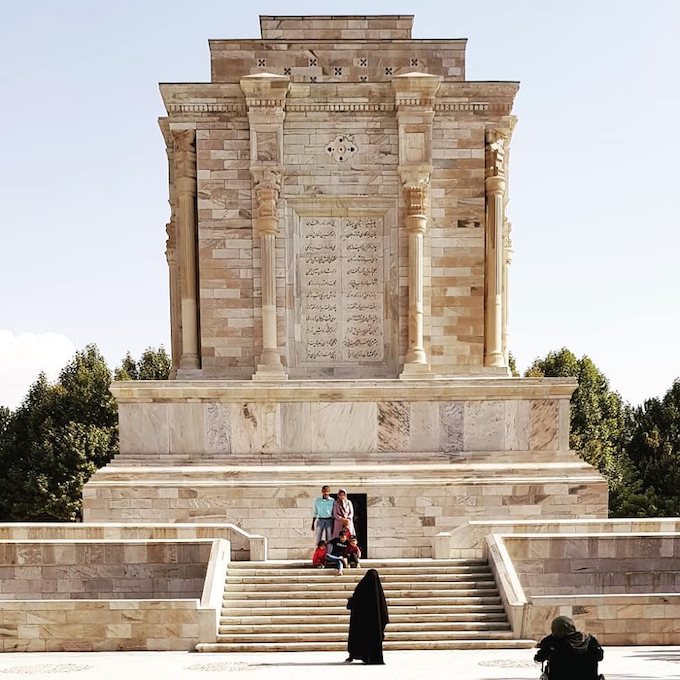
- Naqsh-e Jahan Square, Esfahan
Esfahan’s impressive and peaceful Naksh-e Jahan Square is the world’s largest after Tiananmen. It is indeed a spectacle. Once a vast polo field, the hewn stone goalposts are still at one end. Designed and laid out in 1602 under the reign of Shah Abbas (Safavid epoch) when Esfahan was capital of Iran, it is today a popular place of family picnics and horse-drawn carriage rides. The square is ringed by a maze of fascinating shops and traditional Sheikh Lotfallah bazaar. https://www.instagram.com/p/B3WQmSVpCQf/
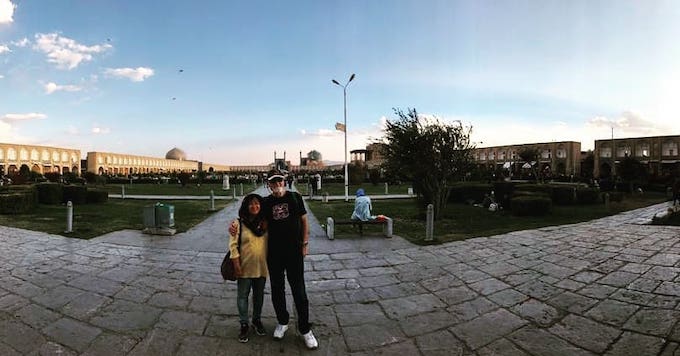
- Khaju Bridge, Esfahan
The 133m Khaju Bridge and weir is one of several historical bridges across the Zayandeh River, which has started flowing again after being dry for several years. Built about 1650 by Shah Abbas II, the bridge has 23 arches and a place in the middle for a throne for the shah to admire the water flowing by. https://www.instagram.com/p/B3R4fdYpTPN/

5. Milad Tower, Tehran
Iran’s impressive Tehran Milad Tower, is at 435m the 6th tallest TV tower in the world. It also has the world’s biggest head structure of any telecommunications tower. The top floor of the 12-level head structure can be reached by high speed lifts within 50sec. https://www.instagram.com/p/B2-CDGDpBwd/

6. Persepolis, near Shiraz
One of the seven great wonders of the ancient world, Persepolis was the extraordinary capital of Darius the Great in 520BC, conceived and established following the vast Persian empire forged by Cyrus the Great. The ruins near Shiraz are still very impressive from the Gate of all Nations onwards. https://www.instagram.com/p/B3IMiH7Jdo0/

The 18th century Karim Khan Citadel was once a political prison for 40 years. It has a strange “leaning tower” where the impressive bathhouse outflows eroded the foundations over a couple of centuries. The nearby Bazar-e Vakil traditional bazaar network and Hammam-e Vakil bathhouse, which has a display of traditional ablutions, are also fascinating and worth visits. https://www.instagram.com/p/B3GhUs7pXwe/

- Tombs of Hafez and Sa’adi, Shiraz
My Instagram diary posting shows a student singing a popular Iranian love ballad outside the famous tomb of Hafez, the mecca for poets and romantics in Shiraz. He is singing Age Ye Rooz Beri Safari (If You Ever Leave Me) by Faramarz Aslani. This and the tomb of Sa’adi are major pilgrimage sites for Iranians, and they ought to be for Westerners too. https://www.instagram.com/p/B3Gh-KwHt9h/

- Golestan Palace, Tehran
An elegant complex standing as a reminder of the glories and opulence of Iran’s Qajar dynasty in the 19th and early 20th centuries. It is where the coronation of Reza Shah took place on a Marble Throne on display and where his son, Mohammad Reza Pahlavi, was also crowned in the Museum Hall before being deposed in the 1979 Revolution. https://www.instagram.com/p/B296vRpJJ_W/

- Sa’ad Abad Museum Complex, Tehran
The Mellat, or White Palace, is the largest mansion in the Sa’ad Abad forest museum complex in north Tehran. This was built in the 1930s and has bullet proof windows. It was used by Mohammad Reza Shah (Pahlavi dynasty), and empress Farar, as a summer palace before he was deposed in the 1979 Revolution. Farar now lives in Paris. Among the more interesting museums in this complex are one devoted to the exploits of the Iranian adventurer brothers Omidvar and the brilliant contemporary artist Mahmoud Farschian. https://www.instagram.com/p/B3Avil2J5lK/

This is a mere introduction to places in Iran to visit, and thanks to Zahra Ebrahimzadeh (our former homestay student), her family and friends for such a wonderful start. I haven’t even mentioned the amazing United Nations heritage old mudwalled town of Yazd on the edge of a desert, or the northwestern mountain city of Tabriz with one of the finest bazaars, and a host of other fascinating places.
When I return, I would love to go to the north of the country and around the Caspian Sea.
Visit Iran and enjoy.
Dr David Robie travelled independently and with no political “minders”.
- Part 1: Iran a hugely ‘friendly’ country behind the sabre-rattling
- Part 2: 10 reasons why tourists must visit Iran
- Part 3: Iran’s great global adventurers
- Feel Iran – a project promoting Iran tourism
